Passover, or Pesach, holds immense significance in Jewish tradition. Are you curious about “What Day Is Passover” and its deeper meaning? At WHAT.EDU.VN, we provide clear and comprehensive answers to your questions about this important holiday, exploring its origins, customs, and spiritual significance. Discover the dates, rituals, and symbolism surrounding Passover, and feel free to ask us any question you may have. Learn about the Passover Seder, the significance of matzah, and the story of the Exodus.
1. Understanding Passover: Origins and Significance
Passover, also known as Pesach, is a major Jewish holiday that commemorates the liberation of the Israelites from slavery in ancient Egypt. The name “Passover” refers to the event where God “passed over” the houses of the Israelites during the tenth plague, sparing their firstborn sons while afflicting the Egyptians. This holiday is deeply rooted in the Torah and is a central event in Jewish history and identity.
- Celebrates freedom from slavery.
- Remembers the Exodus from Egypt.
- Highlights God’s intervention and protection.
2. What Day Is Passover? Determining the Dates
Passover begins on the 15th day of the Hebrew month of Nissan and lasts for seven or eight days, depending on Jewish custom (seven days in Israel and for Reform Jews, eight days in the Diaspora). Because the Hebrew calendar is lunisolar, the dates on the Gregorian calendar vary each year.
- Falls on Nissan 15-22 in the Hebrew calendar.
- Gregorian calendar dates change annually.
- Lasts seven days in Israel, eight days in the Diaspora.
Passover Dates for the Coming Years:
| Year | Start Date | End Date |
|---|---|---|
| 2024 | April 22, 2024 | April 30, 2024 |
| 2025 | April 12, 2025 | April 20, 2025 |
| 2026 | April 1, 2026 | April 9, 2026 |
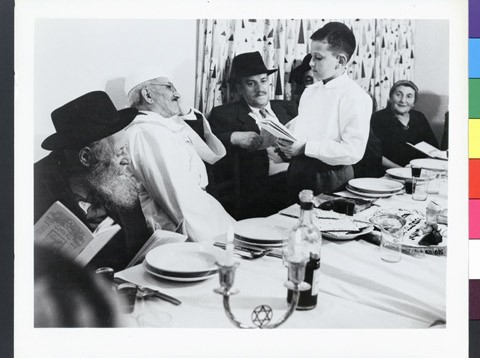
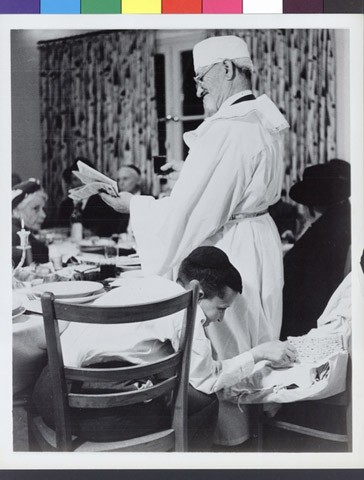
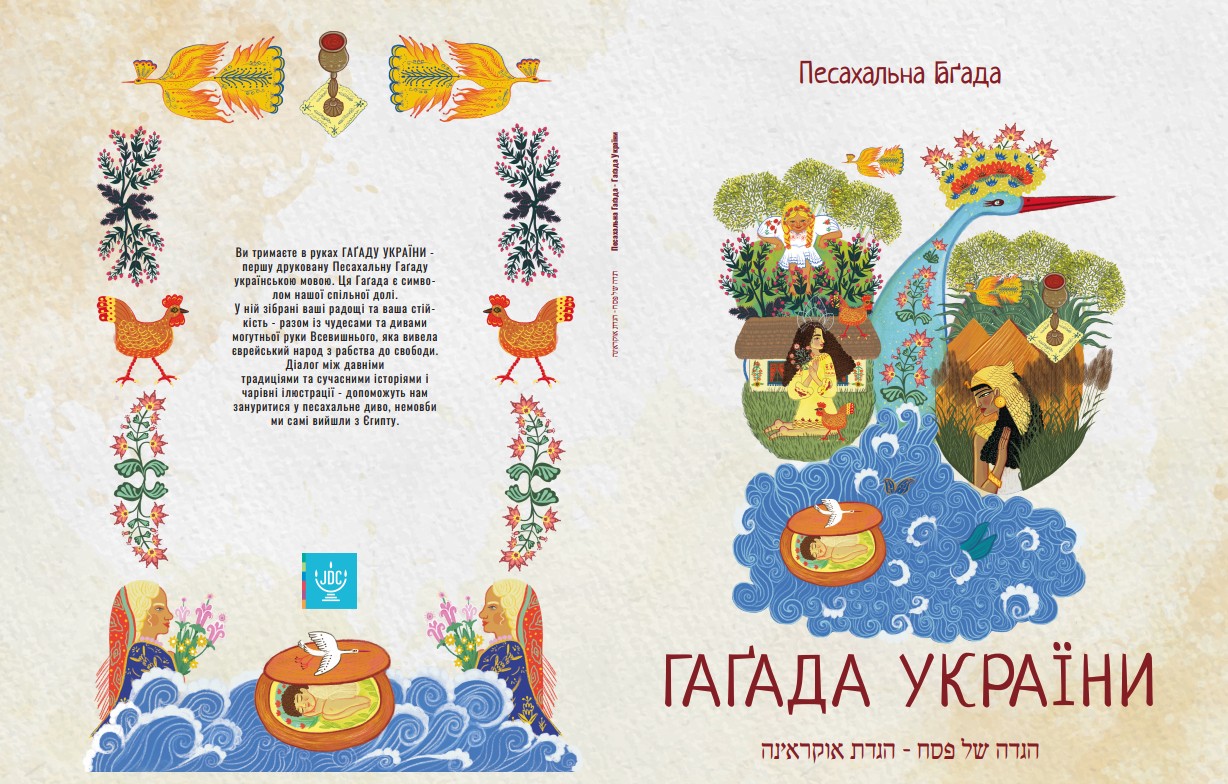
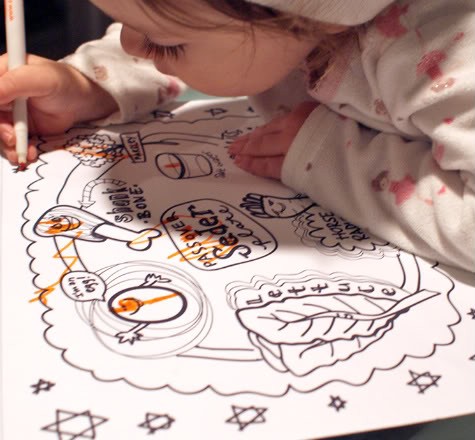
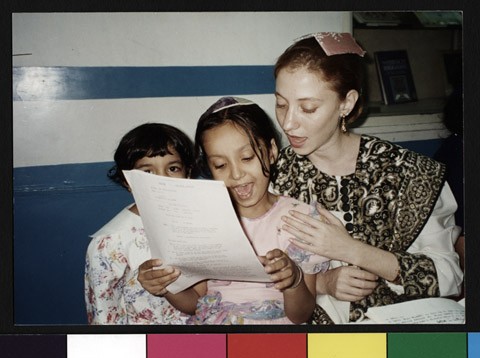
3. The Passover Seder: A Ritual Meal and Storytelling
The Seder is a central tradition of Passover, a ritual feast held on the first one or two nights of the holiday. It involves reading the Haggadah, a book that tells the story of the Exodus, along with specific foods and rituals that symbolize different aspects of the Exodus story.
- Held on the first one or two nights.
- Involves reading the Haggadah.
- Includes symbolic foods and rituals.
The Seder plate typically includes:
- Matzah: Unleavened bread, symbolizing the haste of the Exodus.
- Maror: Bitter herbs, representing the bitterness of slavery.
- Charoset: A sweet paste, symbolizing the mortar used by the slaves.
- Karpas: A vegetable, often parsley, dipped in saltwater, symbolizing tears.
- Zeroah: A shank bone, symbolizing the Passover sacrifice.
- Beitzah: A roasted egg, symbolizing mourning and new life.
4. The Significance of Matzah: Unleavened Bread
One of the most important symbols of Passover is matzah, unleavened bread. During Passover, Jews abstain from eating leavened bread (chametz) to commemorate the Israelites’ hasty departure from Egypt, when they did not have time to let their bread rise.
- Symbolizes the haste of the Exodus.
- Jews abstain from leavened bread during Passover.
- A central element of the Seder.
5. The Four Questions: Engaging the Youngest Generation
Children play a significant role in the Passover Seder. The youngest person at the table traditionally asks the Four Questions (Ma Nishtanah), which inquire about the unique aspects of the Passover night.
- Asked by the youngest person at the Seder.
- Explain the unique aspects of Passover.
- Engage children in the story of the Exodus.
The Four Questions are:
- Why is this night different from all other nights?
- Why do we eat only matzah on this night?
- Why do we eat bitter herbs on this night?
- Why do we recline on this night?
6. Passover Activities for Kids: Engaging and Educating
Keeping children engaged during the Passover Seder can be a challenge. Here are some activities to help keep kids involved and interested:
- Find the Afikoman: The Afikoman is a piece of matzah that is hidden during the Seder and then searched for by the children.
- Passover Bingo: Create Passover-themed bingo cards with symbols and words related to the holiday.
- Crafts: Encourage kids to make their own Matzah covers or Seder plates.
- Puzzles: Provide Passover-related puzzles such as word searches or crosswords.
- Storytelling: Share age-appropriate versions of the Passover story.
7. Dietary Laws of Passover: Avoiding Chametz
During Passover, observant Jews adhere to strict dietary laws, avoiding all forms of chametz (leavened products). This includes bread, pasta, cakes, and any food that contains wheat, barley, rye, oats, or spelt that has not been properly prepared to prevent leavening.
- Avoidance of chametz (leavened products).
- Specific rules for preparing and storing food.
- Symbolizes the Israelites’ hasty departure from Egypt.
8. Sephardic and Ashkenazi Customs: Differences in Observance
There are some differences in Passover customs between Sephardic and Ashkenazi Jews. One notable difference is the consumption of legumes (kitniyot). Ashkenazi Jews traditionally avoid legumes, rice, corn, and other similar foods during Passover, while Sephardic Jews generally permit them.
- Different customs regarding legumes (kitniyot).
- Variations in food preparation and traditions.
- Reflects the diversity within Jewish culture.
9. Spiritual Renewal and Reflection During Passover
Passover is not only a commemoration of historical events but also a time for spiritual renewal and reflection. It is an opportunity to consider the themes of freedom, redemption, and the importance of remembering the past.
- A time for spiritual reflection and renewal.
- Consideration of themes of freedom and redemption.
- Remembering the past and its lessons.
10. Passover Greetings: Wishing a Happy Holiday
The common greeting for Passover is “Chag Sameach!” (Happy Holidays) or “Chag Pesach Sameach!” (Happy Passover Holiday). In Hebrew, you can say “Chag Pesach kasher vesame’ach!” or “Chag kasher vesame’ach!”
- “Chag Sameach!” (Happy Holidays).
- “Chag Pesach Sameach!” (Happy Passover Holiday).
- Expressing joy and celebration.
11. Parallels Between Passover and Easter: Exploring Shared Themes
Interestingly, there are several parallels between Easter and Passover, two holidays often celebrated in April. Both holidays focus on themes of redemption, freedom, and involve special meals and religious significance.
- Both holidays focus on redemption and freedom.
- Both involve a special meal.
- Both have deep religious significance.
Easter celebrates the resurrection of Jesus Christ and the freedom it brings from sin, while Passover commemorates the liberation of the Israelites from slavery in Egypt. Both holidays involve traditions and rituals that have been passed down through generations.
12. Supporting Jewish Communities in Need: A Passover Tradition
Passover is also a time to remember those who may not have the means to celebrate, such as the Ukrainian Jewish community who continue to live under threat. Organizations like the JDC (American Jewish Joint Distribution Committee) are working to provide support and bring Passover joy to those in need.
- Remembering those in need during Passover.
- Supporting organizations that provide assistance.
- Extending the themes of freedom and compassion.
13. Passover Haggadah: Telling the Story of the Exodus
The Haggadah is a central text used during the Passover Seder. It contains the story of the Exodus, prayers, songs, and instructions for the Seder rituals. The Haggadah is designed to engage participants and ensure that the story of Passover is passed down from generation to generation.
- Central text used during the Seder.
- Contains the story of the Exodus, prayers, and songs.
- Ensures the story of Passover is passed down.
14. The Significance of the Seder Plate: Symbolic Foods
The Seder plate is a special plate containing symbolic foods that are used during the Passover Seder. Each food represents a different aspect of the Exodus story.
- Contains symbolic foods representing the Exodus.
- A central element of the Seder.
- Helps to tell the story of Passover.
15. Customs and Traditions: Adding Depth to the Holiday
Many interesting customs and traditions are associated with Passover. Some Sephardic Jewish communities throw bags of leavened bread into the sea to symbolize the casting off of sin. Another custom is adding an extra chair at the Seder table called “Elijah’s chair,” reserved for the prophet Elijah, who is said to visit every Jewish home during Passover.
- Throwing bags of leavened bread into the sea.
- Adding an extra chair for the prophet Elijah.
- Unique customs that add depth to the holiday.
16. The Fifth Question: Modern Interpretations and Relevance
In modern times, some families have added a fifth question to the traditional Four Questions, addressing contemporary issues and concerns. This allows for a more relevant and meaningful discussion of Passover themes in the context of today’s world.
- Adding a fifth question to address contemporary issues.
- Making Passover relevant to modern times.
- Encouraging critical thinking and reflection.
17. The Importance of Community: Celebrating Together
Passover is a time to gather with family and friends, share meals and traditions, and pass on the stories and rituals of the holiday to future generations. Celebrating together strengthens community bonds and reinforces the importance of remembering the past.
- Gathering with family and friends.
- Sharing meals and traditions.
- Strengthening community bonds.
18. The Role of Women in Passover: Honoring Their Contributions
Women have played a significant role in the Passover story and continue to play a vital role in Passover celebrations. Honoring their contributions and recognizing their importance is an essential part of the holiday.
- Recognizing the role of women in the Passover story.
- Honoring their contributions to Passover celebrations.
- Promoting gender equality within the Jewish community.
19. Passover Music and Songs: Enhancing the Festive Atmosphere
Music and songs play an important role in enhancing the festive atmosphere of Passover. Traditional Passover songs, such as “Dayenu” and “Chad Gadya,” are sung during the Seder and help to tell the story of the Exodus in a joyful and engaging way.
- Traditional Passover songs enhance the festive atmosphere.
- “Dayenu” and “Chad Gadya” are popular songs sung during the Seder.
- Music helps to tell the story of the Exodus in a joyful way.
20. Passover and Social Justice: Connecting to Contemporary Issues
Passover’s themes of freedom and liberation can be connected to contemporary issues of social justice. Reflecting on the struggles of those who are still oppressed today can add a deeper meaning to the holiday and inspire action to promote justice and equality.
- Connecting Passover themes to contemporary issues.
- Reflecting on the struggles of those who are still oppressed.
- Inspiring action to promote justice and equality.
21. Passover as a Time for Gratitude: Appreciating Freedom
Passover is a time to appreciate the freedom and blessings of the present. Remembering the hardships of the past can help us to be more grateful for the freedoms we enjoy today and to work towards a more just and equitable world for all.
- Appreciating the freedom and blessings of the present.
- Remembering the hardships of the past.
- Working towards a more just and equitable world.
22. Preparing for Passover: A Time for Cleaning and Preparation
Preparing for Passover involves thorough cleaning and preparation to remove any traces of chametz from the home. This can be a time-consuming process, but it is an important part of observing the holiday.
- Thorough cleaning to remove chametz.
- Time-consuming but important preparation.
- Symbolizes spiritual cleansing.
23. Passover and Springtime: Celebrating Renewal and Rebirth
Passover is often associated with springtime, a time of renewal and rebirth. The holiday’s themes of freedom and liberation resonate with the springtime season, making it a time for hope and optimism.
- Associated with springtime, renewal, and rebirth.
- Themes of freedom and liberation resonate with the season.
- A time for hope and optimism.
24. The Importance of Remembrance: Keeping the Story Alive
Remembering the story of the Exodus and passing it on to future generations is a central theme of Passover. By keeping the story alive, we ensure that the lessons of the past are not forgotten and that the values of freedom and justice continue to be upheld.
- Remembering the story of the Exodus.
- Passing the story on to future generations.
- Ensuring the lessons of the past are not forgotten.
25. Celebrating Passover Around the World: Diverse Traditions
Passover is celebrated by Jewish communities around the world, each with its own unique traditions and customs. Exploring these diverse traditions can enrich our understanding of the holiday and deepen our appreciation for the richness of Jewish culture.
- Celebrated by Jewish communities worldwide.
- Each community has its own unique traditions.
- Enriches understanding of the holiday.
26. Passover and Interfaith Dialogue: Building Bridges of Understanding
Passover can be an opportunity for interfaith dialogue, building bridges of understanding between different religious communities. Sharing the story of Passover and its themes of freedom and justice can promote mutual respect and cooperation.
- Opportunity for interfaith dialogue.
- Building bridges of understanding between communities.
- Promoting mutual respect and cooperation.
27. Reflecting on the Meaning of Freedom: A Central Theme
Reflecting on the meaning of freedom is a central theme of Passover. Considering what freedom means to us personally and collectively can deepen our appreciation for the holiday and inspire us to work towards a more just and equitable world for all.
- Reflecting on the meaning of freedom.
- Considering personal and collective freedom.
- Inspiring action for a more just world.
28. The Future of Passover: Adapting to Changing Times
As times change, Passover traditions and customs may evolve to adapt to contemporary needs and concerns. Ensuring that the holiday remains relevant and meaningful for future generations is an ongoing process.
- Adapting to changing times.
- Ensuring the holiday remains relevant.
- Evolving traditions and customs.
29. Seeking Answers and Understanding: WHAT.EDU.VN Can Help
Do you have more questions about Passover or other Jewish holidays? WHAT.EDU.VN is here to provide you with accurate and comprehensive answers. Our platform allows you to ask any question and receive helpful information from knowledgeable sources.
- WHAT.EDU.VN provides answers to your questions.
- Accurate and comprehensive information.
- A platform for seeking knowledge.
30. Asking Your Questions on WHAT.EDU.VN: A Free Resource
At WHAT.EDU.VN, we understand the challenges of finding quick and free answers to your questions. That’s why we’ve created a platform where you can ask anything and get reliable responses from our community of experts. Don’t hesitate to reach out – we’re here to help you explore the world and satisfy your curiosity.
Are you struggling to find answers to your questions about Passover or any other topic? Do you need a platform that offers quick, accurate, and free information? Look no further than WHAT.EDU.VN.
Here’s how WHAT.EDU.VN can help you:
- Free Question Submission: Ask any question you have, no matter how simple or complex.
- Quick and Accurate Answers: Our community of experts is dedicated to providing reliable and informative responses.
- Easy-to-Use Platform: Navigate our website with ease and find the answers you need quickly.
- Diverse Knowledge Base: Explore a wide range of topics and expand your understanding of the world.
Don’t let your curiosity go unanswered. Visit WHAT.EDU.VN today and start asking questions.
Address: 888 Question City Plaza, Seattle, WA 98101, United States
WhatsApp: +1 (206) 555-7890
Website: WHAT.EDU.VN
Let what.edu.vn be your guide to knowledge and discovery. We are committed to providing you with the information you need, when you need it, all for free.